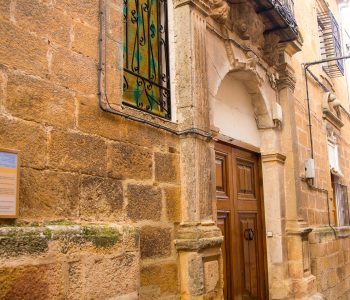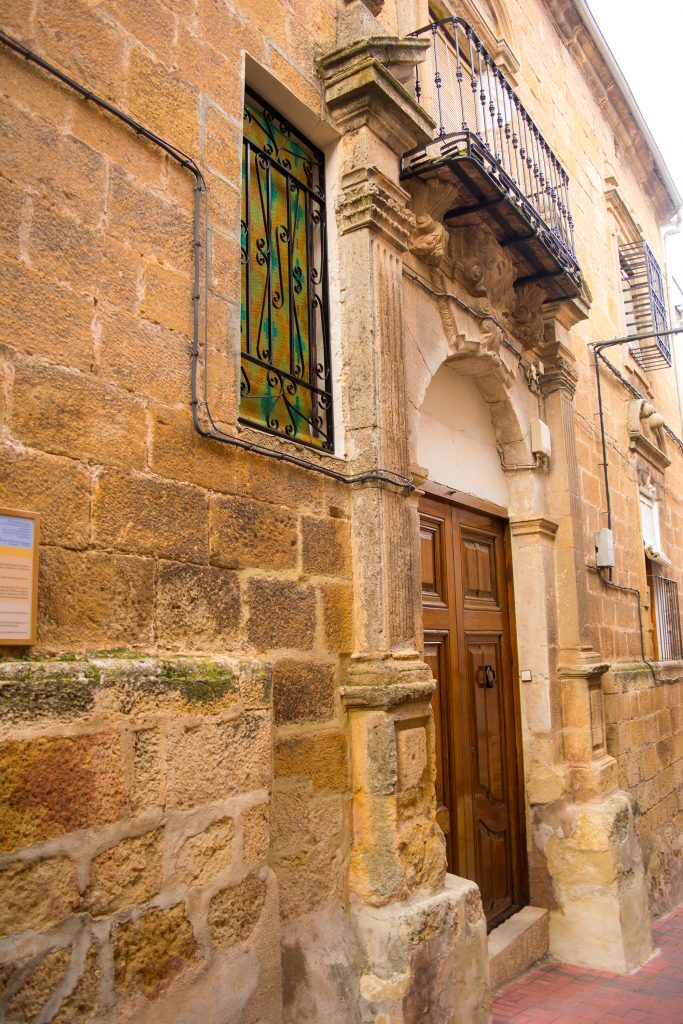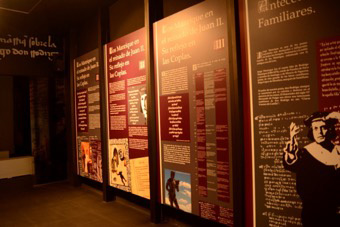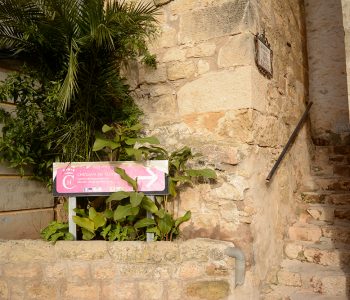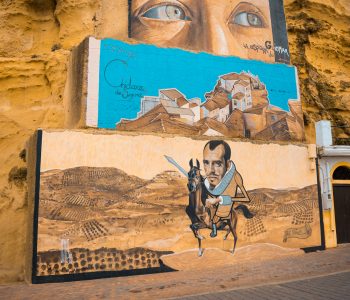 No category
No category
Mural dedicated to Jorge Manrique
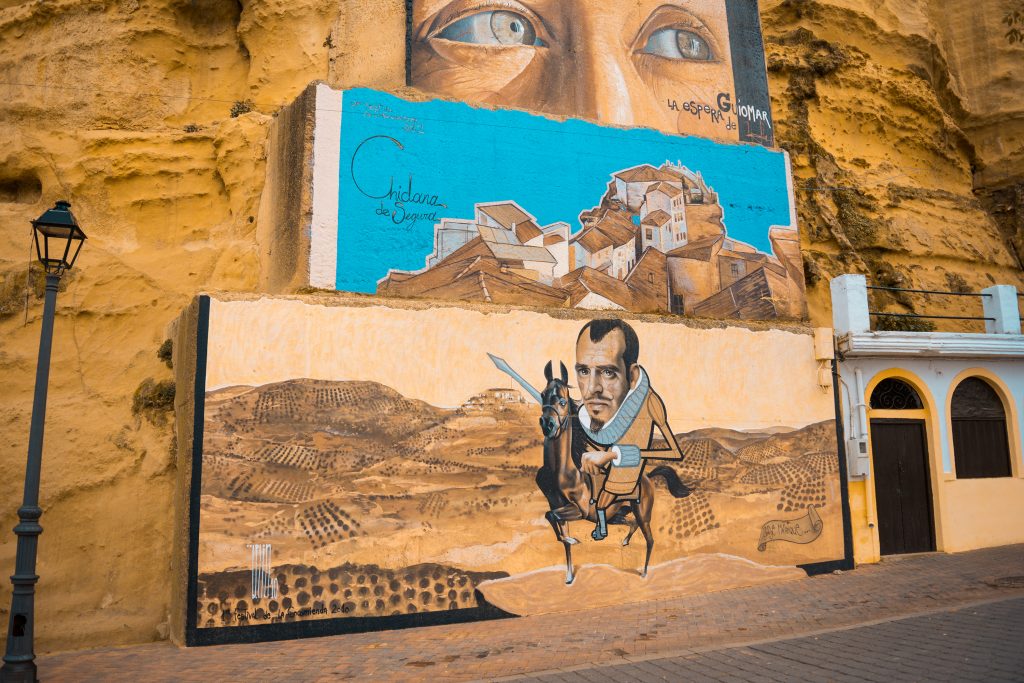
Start your itinerary in Chiclana de Segura enjoying the interpretation made by the renowned graffiti artist Miguel Ángel Belinchón (Spanish plastic artist known in the world of art as Belin) of Jorge Manrique.
The large-format, freehand painted mural, which demonstrates an incredible spatial vision, is made on the majestic rock wall that has historically protected this town, which defies an impossible geography.
The entrance tunnel to the town was built in 1950 by the engineer Manuel Tercero Sánchez. Inside, there are 2 plaques commemorating this extraordinary feat of engineering.
The impressive graffiti was made in the First Festival of the Encomienda, in 2010. In its upper part you can see the waiting of Guiomar de Castañeda, the poet’s wife, with a close-up of her eyes and in the lower part of a Quixotic Jorge Manrique with Chiclana in the background.
